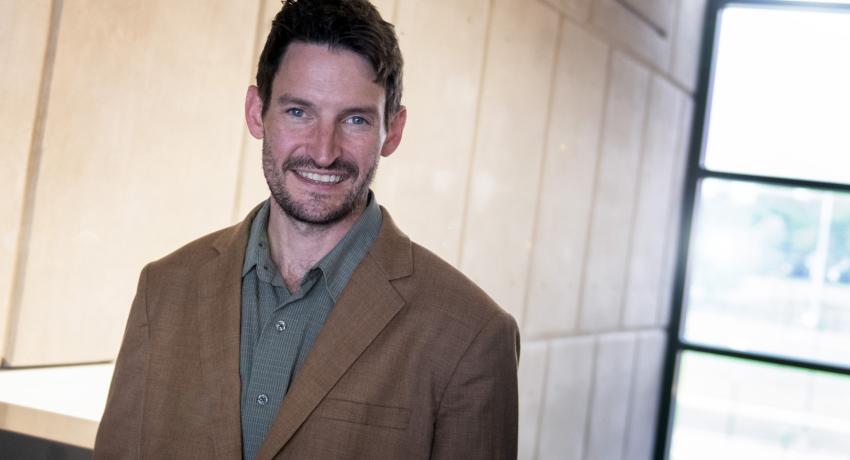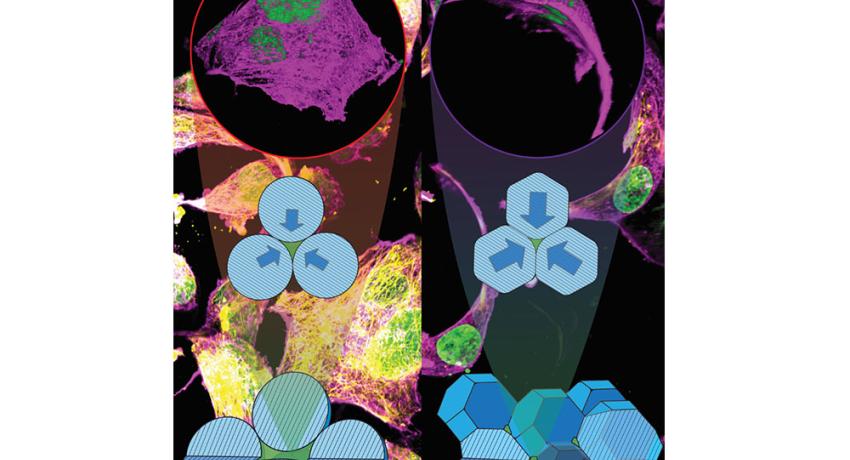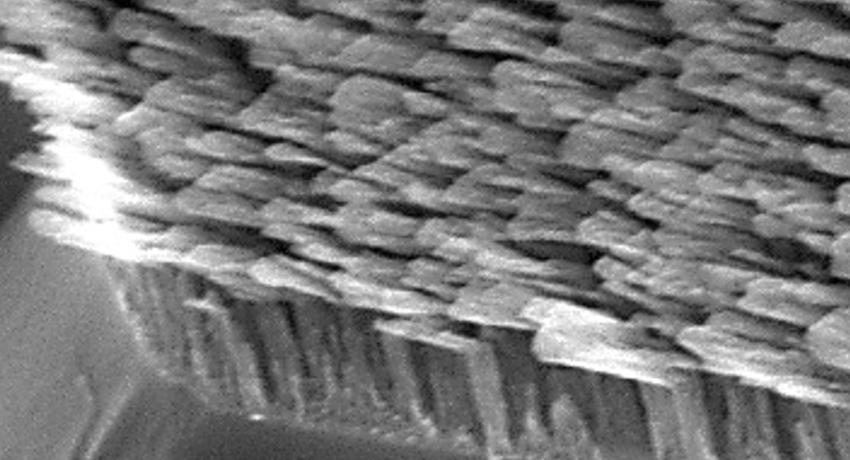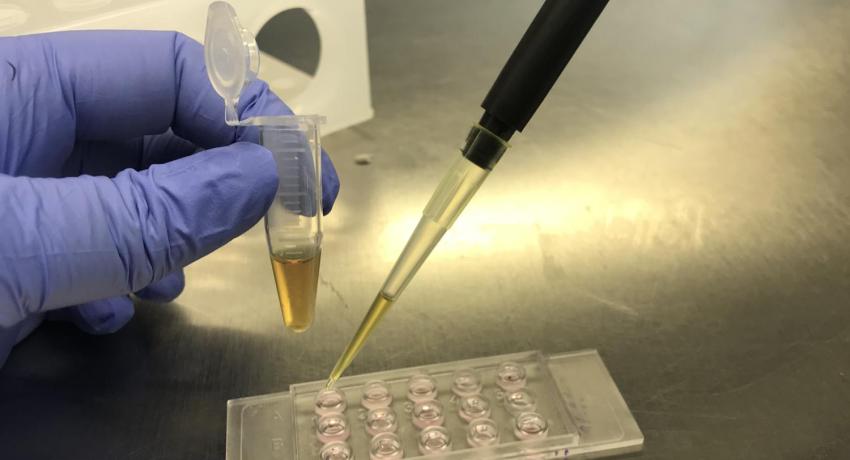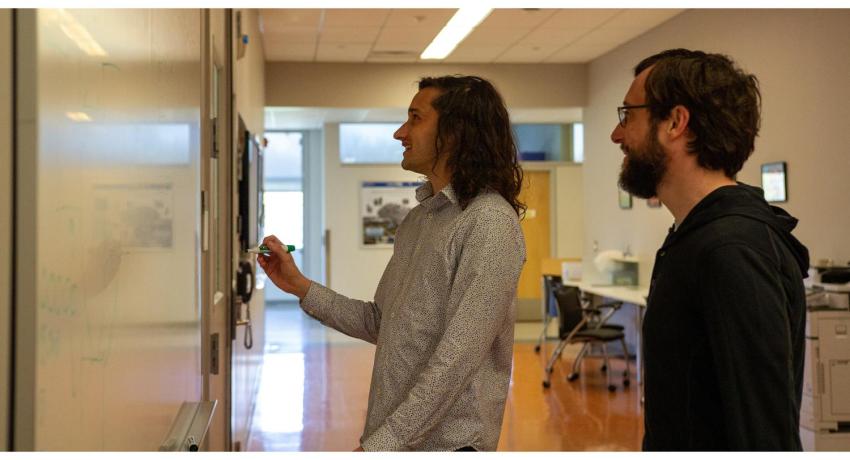Penn State alum helps others find new careers through nanotechnology
UNIVERSITY PARK, Pa. – As the managing director for Penn State's Center for Nanotechnology Education and Utilization (CNEU), Zachary Gray spends a lot of his summer in the classroom. He works to teach veterans and students how to work at microscopic scales as part of a 12-week course — the same one that shifted his career path almost two decades ago.

